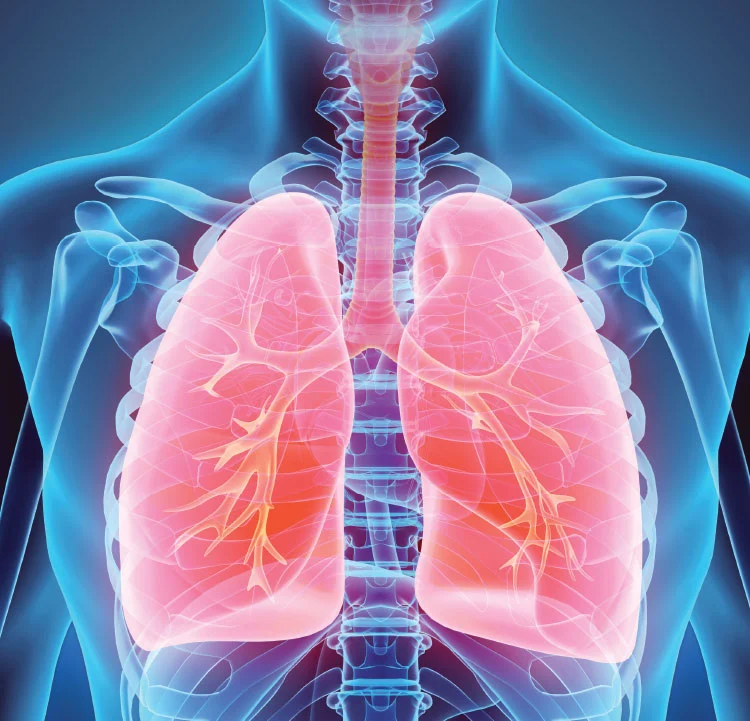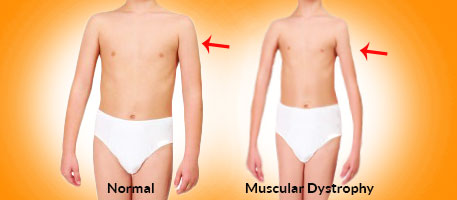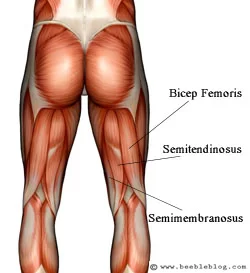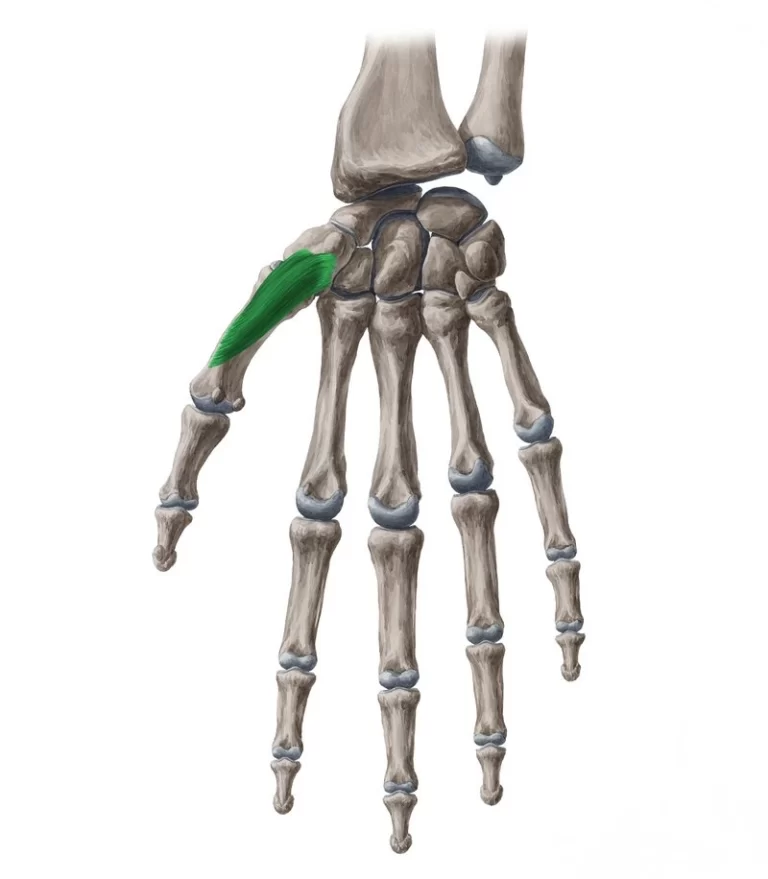Respiratory Depression
What is Respiratory Depression?
Respiratory depression is a medical condition characterized by the reduced rate and depth of breathing, leading to inadequate oxygen exchange in the lungs. It occurs when the respiratory system fails to function properly, resulting in decreased levels of oxygen in the bloodstream and an increased concentration of carbon dioxide.
Respiratory distress, or hypoventilation, refers to a shallow, slow breathing rate. Symptoms or changes to hypoventilation may include shortness of breath, frequent yawning, and tachycardia.
During a normal respiratory cycle, you inhale oxygen into your lungs. The blood distributes oxygen to the tissues all around your body. Your blood then carries carbon dioxide, a waste product, back to your lungs. The carbon dioxide is released from the body when the person you exhale.
During hypoventilation, the body is unable to remove carbon dioxide adequately. This can cause the lungs to overuse oxygen. As a result, the body has too little oxygen accessible and excessive quantities of carbon dioxide. Respiratory failure occurs when the lungs are unable to effectively exchange carbon dioxide and oxygen. This breakdown leads to a build-up of carbon dioxide in the body, which can lead to health complications.
A common symptom of respiratory failure is breathing that is slower, shallower than usual.
In most cases, the respiratory rate is as low as 8 to 10 breaths per minute. The normal breathing rate for a healthy adult is 12 to 20 breaths per minute. Respiratory failure can cause acid build-up in the body and lead to respiratory acidosis, a life-threatening condition associated with organ failure.
Common Causes for Respiratory Depression
A person’s risk may rise or certain medicines and substances can trigger respiratory depression. These include sedatives, narcotic pain relievers, and other substances that impair brain function, such as alcohol and some illegal drugs.
Some particular health conditions can also cause respiratory failure.
Respiratory failure can occur for many reasons. Possible causes of hypoventilation include:
- A stroke affecting the lower brain stem
- Congenital central hypoventilation syndrome (CCHS)
- Central sleep apnea (collapse of the airways during sleep)
- Ammonia in the blood is very high, which can occur in liver failure and cirrhosis
- A brain tumor pressing on the brain stem at the level of the respiratory center
- Neuromuscular disease (weakening of the muscles that control breathing)
- Chest wall deformities (impaired ability to inhale and exhale)
- Severe obesity (makes it harder for the body to breathe)
- Brain damage (impaired ability to control basic brain functions such as breathing)
- Chronic lung disease (describe conditions such as COPD and cystic fibrosis that lead to airway obstruction)
Hypoventilation can also occur due to side effects of certain medications. Large doses of central nervous system(CNS) depressants can slow down the respiratory system.
Medications that are more prone to have this effect on the body include:
- Alcohol
- Overdose of barbiturates or poisoning
- Sedative overdose or poisoning
- An overdose of opiates or opioids, such as morphine, tramadol, heroin, or fentanyl
- Using opiates or anesthetics before, during, or after surgery
- Overdosage or benzodiazepine poisoning
- Ethanol overdose or poisoning
Symptoms of Respiratory Depression
Symptoms of respiratory depression depend on its severity. In more severe cases, the symptoms become more obvious.
Symptoms of respiratory depression include:
- Confusion
- Disorientation
- Lethargy
- Fatigue
- Headache
- Dizziness
- Nausea
- Sleepiness in the daytime
- Shortness of breath(Dyspnea)
- Depression
Some people may also experience:
- Slow, shallow breathing with little chest movement
- vomiting
- High or low blood pressure
- Decreased or focal pupil
- Abnormal breathing sounds, such as reduced breath sounds or a distinct whiz or crackling sound when breathing
- Trembling(tremors)
- Apnea, which refers to an abnormally long pause between breaths before a sigh-like breath
- Bluish skin, especially around the toes and fingers
- Seizures
- Arrhythmic heartbeat(rapid heart-beat)
Diagnosis
A doctor will usually begin a diagnosis by asking about the person’s symptoms and reviewing their medical history and medical record. The physical examiner will then perform a physical exam to search for signs of abnormal breathing and heart rhythms.
After the initial visit, the doctor will usually order diagnostic tests to help confirm the respiratory failure and assess its severity or to determine the cause of the respiratory failure. Tests include:
- An imaging procedure called a chest X-ray uses images of the chest region to look for anomalies.
- Lung function test: the breathing test to determine how well your lungs are working
- Blood gas test: a blood test that measures the amount of carbon dioxide and oxygen, and the acid-base balance in your blood
- Pulse oximeter test: measures your blood oxygen level with the painless display on your finger
- Hematocrit and hemoglobin test: assess the number of red blood cells available to transport oxygen in your body
- Sleep study: used for diagnosis of sleep-related disorders, such as sleep apnea
- Drug test screening in urine and serum
- Alcohol level
- Screening for other toxins
- Serum ammonia level
- Brain CT or MRI scan to check for stroke or tumor
- Electroencephalogram (EEG)
Treatment of Respiratory Depression
Respiratory depression(failure) is a treatable disease. Treatments vary depending on the cause.
When medication causes hypoventilation, discontinuation of the drug can restore normal breathing.
Common therapies and medications that doctors use to treat respiratory failure include:
- Oxygen therapy
- Fluid therapy, intravenous, or oral therapy
- Continuous positive airway pressure (CPAP) machine
- Bi-level positive airway pressure machine (BiPAP)
- Mechanical ventilation
- Inhalers to open airways and treat ongoing lung disease
- Losing weight(weight loss)
- Thoracic or chest deformity correction surgery
If an overdose causes respiratory depression, detoxification is required. Doctors often use drugs that counteract the effects of opioids, such as naloxone (Narcan), methadone (Dolophine), and a combination of buprenorphine and naloxone (Suboxone).
Can Respiratory Depression Cause Complications?
If a person is left untreated, severe respiratory failure can lead to:
- Respiratory arrest
- Heart attack
- Brain damage
- Coma or death
- Decrease in heart rate
Anyone who suspects respiratory failure or has several of the common symptoms ought to get medical help right away.
If a person is with someone who has these symptoms, it is essential to keep them awake and moving as much as possible.
Respiratory depression due to drug overdose can lead to respiratory arrest. This is when breathing stops completely, potentially causing death. Regular hypoventilation episodes can also result in pulmonary hypertension, which can lead to right-sided heart failure.
Prevention
Not all cases of respiratory failure, such as from accidents or sudden illness, cannot be prevented. However, other cases are preventable.
A condition can get lower risk by doing the following things:
- Avoid taking sedatives or taking extra precautions when using them
- Supervise children who are taking prescribed drugs
- Avoid consuming too much alcohol
- Avoid or take special precautions when using narcotics drugs
Summary
Hypoventilation can affect your quality of life. The patient’s body can maintain appropriate oxygen and carbon dioxide levels and avoid consequences with early detection and treatment.
Hypoventilation, often known as respiratory failure, is a condition where the lungs are unable to effectively exchange carbon dioxide and oxygen. It can lead to complications, such as respiratory acidosis, and if left untreated, it can be fatal.
Causes include medical conditions that affect the brain, such as stroke, and drugs or recreational drugs that depress central nervous system function.
If a person is suspected of having respiratory failure, they should seek emergency medical attention.
FAQs
Which drug causes respiratory depression?
Benzodiazepines like midazolam and diazepam, as well as other psychotropic medications like antidepressants, antipsychotics, and anti-convulsions in seizures as well as sedatives like phenobarbital, can increase the risk of respiratory depression.
What is depression of respiratory rate?
In contrast to the normal level of 12 to 16 breaths per minute, respiration in persons with respiratory depression often decreases to 8 to 10 breaths per minute. This can cause the lungs to misuse oxygen, as well as build up carbon dioxide in the body, which can be dangerous.
Can respiratory depression reverse?
Opioid-induced respiratory depression is life-threatening but reversible with naloxone, an opioid receptor antagonist with a short half-life (30 minutes). The limiting factor in the rate of reversal of the opioid effects of naloxone is the kinetics of the opioid agonist receptors requiring reversal.
What are a few signs of respiratory distress?
Symptoms of acute respiratory distress syndrome
Shortness of breath.
Quick breathing or take lots of quick, shallow breaths.
Arrhythmic heartbeat.
Productive cough.
Extremely tired.
Blue nails or blue tones on the skin or lips.
Fever.
What is respiratory depression type 2?
Type 2 respiratory failure occurs when the respiratory system cannot remove enough carbon dioxide from the body, resulting in hypercapnia.
How does depression affect the lungs?
In patients with chronic lung disease, depressive symptoms are inversely related to lung function. In addition, depression is associated with a poor prognosis in patients with obstructive pulmonary disease, increasing the risk of exacerbation and eventual death.







